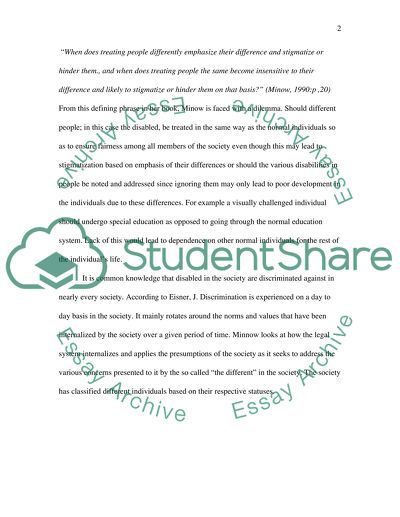Cite this document
(“Challenging Disability Book Report/Review Example | Topics and Well Written Essays - 3500 words”, n.d.)
Retrieved from https://studentshare.org/sociology/1516211-challenging-disability
Retrieved from https://studentshare.org/sociology/1516211-challenging-disability
(Challenging Disability Book Report/Review Example | Topics and Well Written Essays - 3500 Words)
https://studentshare.org/sociology/1516211-challenging-disability.
https://studentshare.org/sociology/1516211-challenging-disability.
“Challenging Disability Book Report/Review Example | Topics and Well Written Essays - 3500 Words”, n.d. https://studentshare.org/sociology/1516211-challenging-disability.


